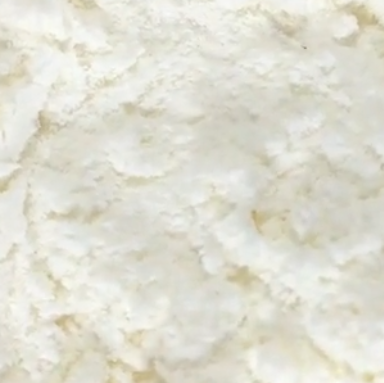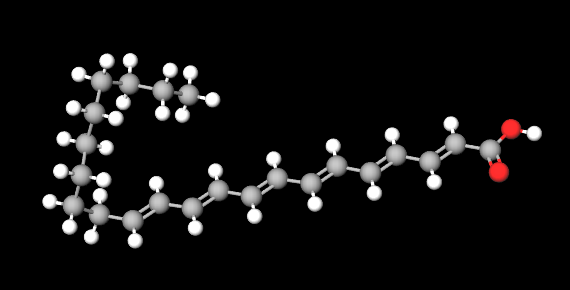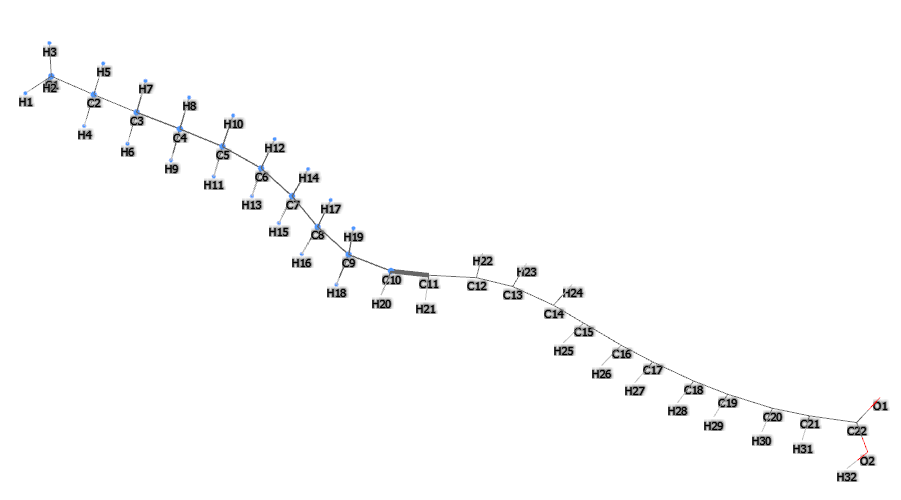Check the ingredients!
... live healthy!


| "Descrizione" by MGannelly (1342 pt) | 2023-Jul-14 10:08 |
| Evaluation | N. Experts | Evaluation | N. Experts |
|---|---|---|---|
| 1 | 6 | ||
| 2 | 7 | ||
| 3 | 8 | ||
| 4 | 9 | ||
| 5 | 10 |
DHA algae refers to a whitish or yellowish powder DHA derived from algae.
DHA or Docosahexaenoic acid is a neutrophilic and neuroprotective omega-3 fatty acid, primary in skeletal muscle mitochondrial phospholipids.
Algae are some of the main producers of DHA in the marine ecosystem and some species of algae can be cultivated and processed to extract DHA.
The name 'DHA algae' can be broken down as follows:
The production of DHA from algae involves the cultivation of specific species of algae with a high DHA content, followed by extraction and purification processes.
Simplified version of the process:

What it is for and where
DHA is rapidly accumulated in the brain during gestation and early childhood. The consumption of DHA leads to many positive physiological and behavioral effects, including those on cognition. Cognitive changes throughout the life span correspond to the development, maturation and aging of the brain. The brain is an organ rich in lipids that consumes 20% of the body's energy, but includes only 2% of the body's mass. Quantitatively, docosahexaenoic acid (DHA; 22: 6 n -3) is the most significant n -3 PUFA in the brain while both eicosapentaenoic acid (EPA; 20: 5 n -3) and alpha-linolenic acid ( ALA; 18: 3 n -3) are present only in very small quantities (1).
Docosahexaenoic acid (DHA) is maintained and concentrated solely in the nervous system, particularly in photoreceptors and in synaptic membranes. DHA plays a key role in vision, neuroprotection, aging, memory and other functions (2).
Medical
Cosmetics
Antistatic agent. Static electricity build-up has a direct influence on products and causes electrostatic adsorption. The antistatic ingredient reduces static build-up and surface resistivity on the surface of the skin and hair.
Skin conditioning agent. It is the mainstay of topical skin treatment as it has the function of restoring, increasing or improving skin tolerance to external factors, including melanocyte tolerance. The most important function of the conditioning agent is to prevent skin dehydration, but the subject is rather complex and involves emollients and humectants that can be added in the formulation.
Skin health. DHA is often used in skin care products due to its anti-inflammatory properties. It can help reduce skin inflammation and the effects of ageing.
Tanning products. DHA is the active ingredient in most sunless tanning products. It interacts with the dead surface cells of the epidermis to darken skin colour and simulate a tan.
 |  |
 |  |
Molecular Formula C22H32O2
Molecular Weight 328.5 g/mol
CAS 25167-62-8
References______________________________________________________________________
(1) Michael J. Weiser, Christopher M. Butt, M. Hasan Mohajeri Docosahexaenoic Acid and Cognition throughout the Lifespan Michael J. Weiser, Christopher M. Butt, M. Hasan Mohajeri
Nutrients. 2016 Feb; 8(2): 99. Published online 2016 Feb 17. doi: 10.3390/nu8020099
(2) Nicolas G. Bazan, Miguel F. Molina, William C. Gordon Docosahexaenoic Acid Signalolipidomics in Nutrition: Significance in Aging, Neuroinflammation, Macular Degeneration, Alzheimer’s, and Other Neurodegenerative Diseases Annu Rev Nutr. Author manuscript; available in PMC 2012 Jul 27. Published in final edited form as: Annu Rev Nutr. 2011 Aug 21; 31: 321–351. doi: 10.1146/annurev.nutr.012809.104635
| Evaluate |